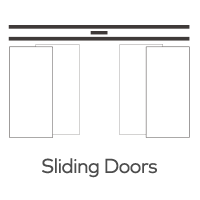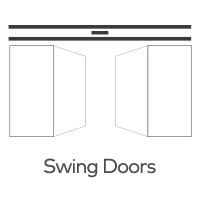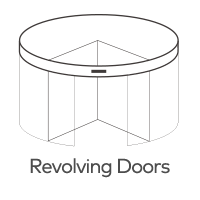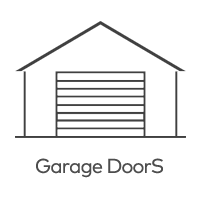What advancements have been made in terms of noise reduction in automatic sliding door controller systems?
Automatic sliding doors have become ubiquitous in various settings, from commercial buildings to healthcare facilities, offering convenience and accessibility. While these doors provide numerous benefits, such as smooth operation and improved security, they have often been associated with noise, which can be a nuisance in quieter environments. However, significant advancements have been made in reducing noise in automatic sliding door controller systems. In this article, we'll explore the innovative technologies and strategies that have been developed to make automatic sliding doors quieter and more pleasant for users.
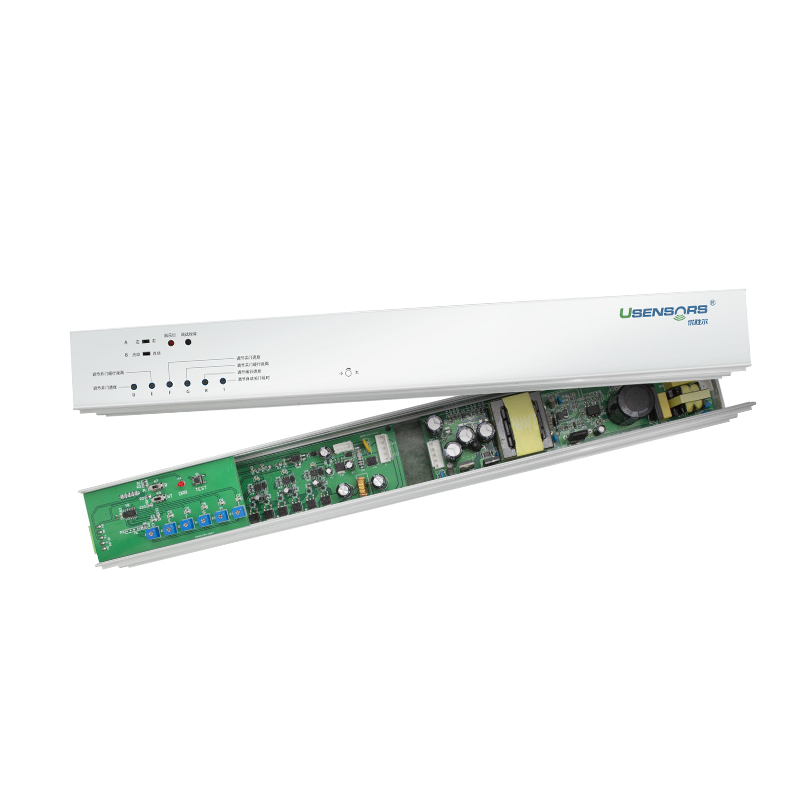
1. Noise Reduction in Motor Systems
The primary source of noise in automatic sliding doors is the motor system responsible for opening and closing the doors. Advancements in motor technology have played a crucial role in reducing noise levels. These include:
Brushless DC Motors (BLDC): BLDC motors are known for their efficiency and quieter operation compared to traditional brushed motors. They generate less friction and noise, making them a preferred choice for modern automatic sliding door systems.
High-Efficiency Gearing: Improved gearing mechanisms have been designed to reduce vibration and noise during door movement. These mechanisms provide smoother and quieter operation.
2. Sound Dampening Materials
Incorporating sound-absorbing and dampening materials in the construction of automatic sliding door systems can significantly reduce noise levels. Some advancements include:
Noise-Reducing Rollers: Specialized roller systems equipped with noise-dampening materials minimize the sound of the doors sliding along their tracks.
Sealing and Insulation: Enhanced door frame designs incorporate seals and insulation to reduce the transfer of noise from the outside environment, creating a quieter indoor space.
3. Soft-Start and Soft-Close Features
Many modern automatic sliding door controllers are equipped with soft-start and soft-close features. These technologies gradually accelerate and decelerate the door's movement, reducing abrupt stops and starts that can create noise and vibration. Users can enjoy a quieter and more pleasant experience when passing through the doors.
4. Advanced Control Algorithms
Sophisticated control algorithms have been developed to optimize the operation of automatic sliding doors. These algorithms monitor door speed, force, and position, adjusting them in real-time to ensure smooth and silent operation. This ensures that the doors respond to changing conditions while minimizing noise.
5. Improved Door Profiles and Designs
Advancements in door profiles and designs have led to doors that are more aerodynamic and streamlined. This reduces air resistance and the associated noise when doors are in motion. Additionally, the materials used in door construction have evolved to dampen vibrations and reduce noise transmission.
Conclusion
As technology continues to advance, automatic sliding door controller systems have become quieter and more user-friendly. These advancements in noise reduction benefit a wide range of environments, including hospitals, hotels, office buildings, and retail spaces, where a quiet and peaceful atmosphere is essential. Whether it's through motor technology, sound-dampening materials, soft-start and soft-close features, advanced control algorithms, or improved door profiles, these innovations have made automatic sliding doors more accessible and user-friendly while significantly reducing noise levels, enhancing the overall experience for users and occupants.


